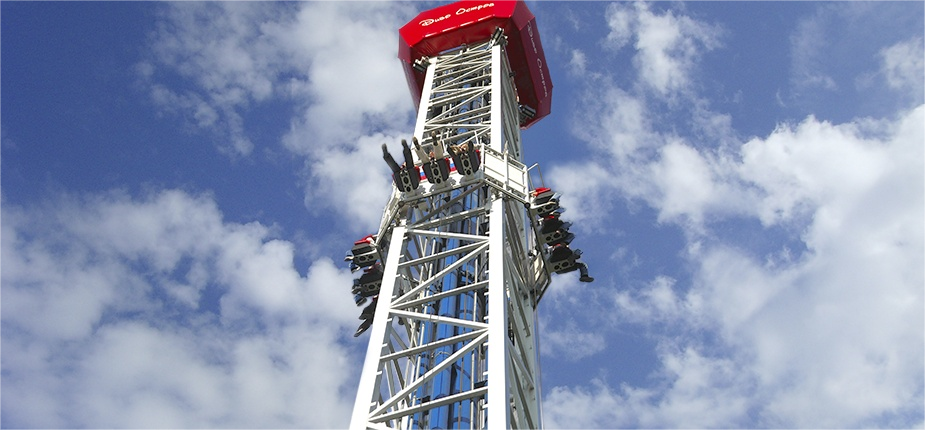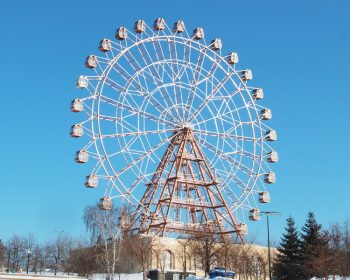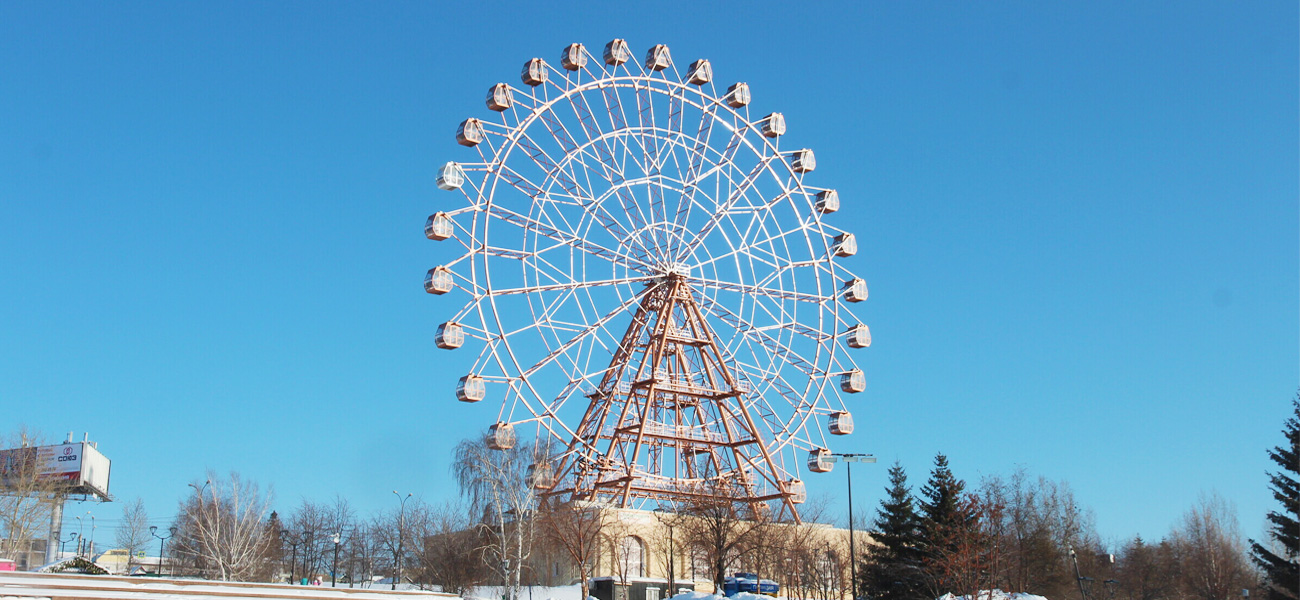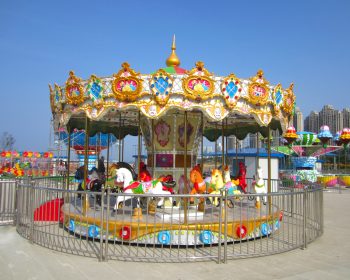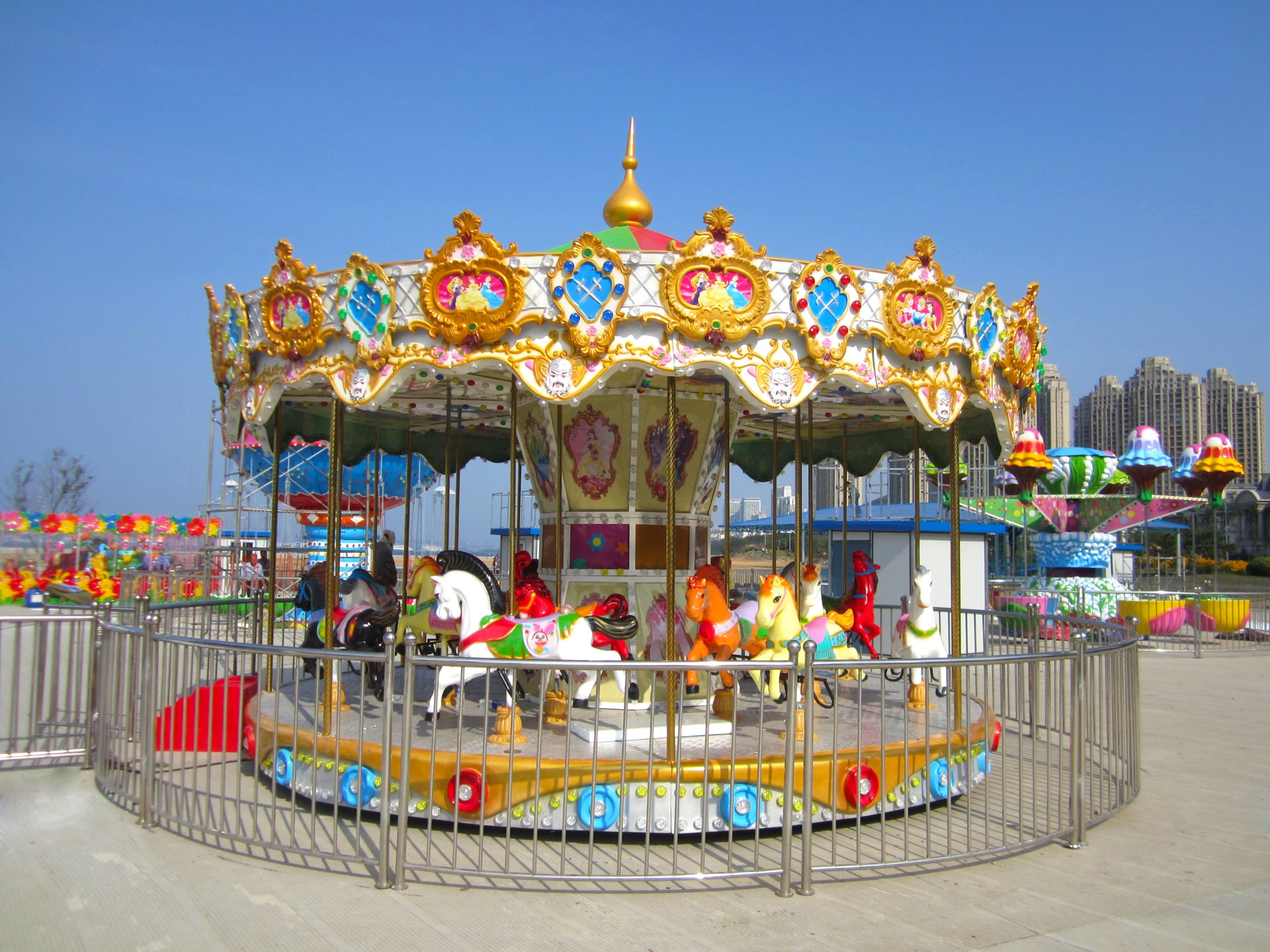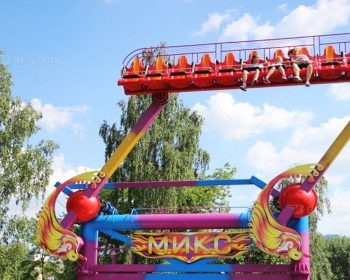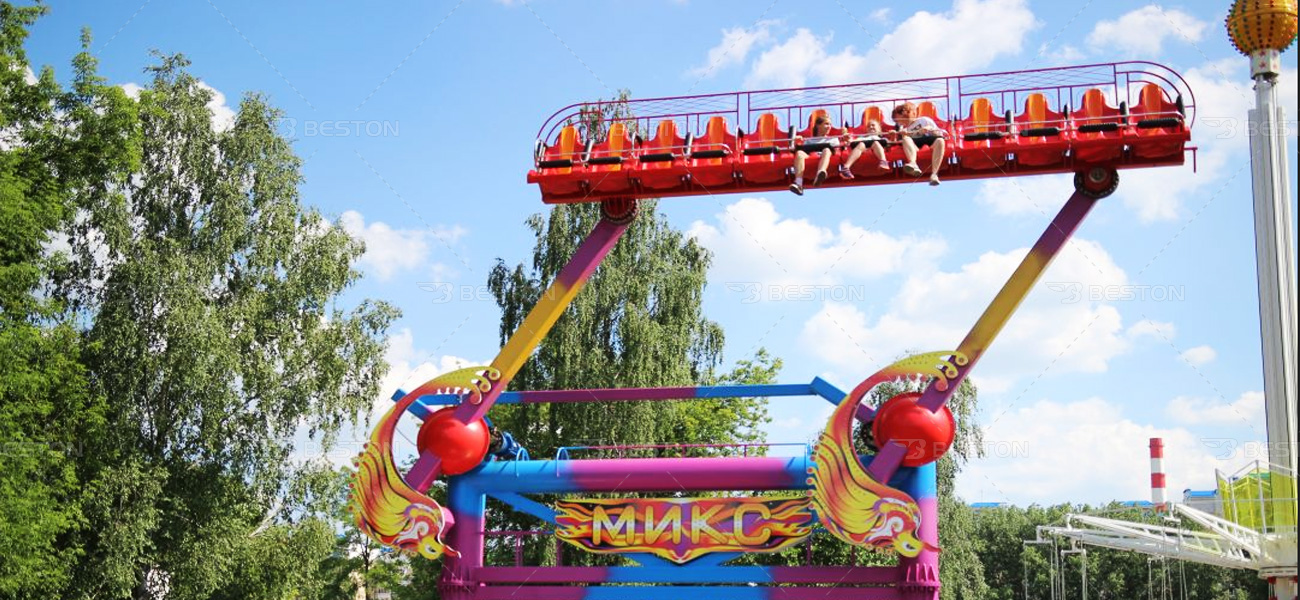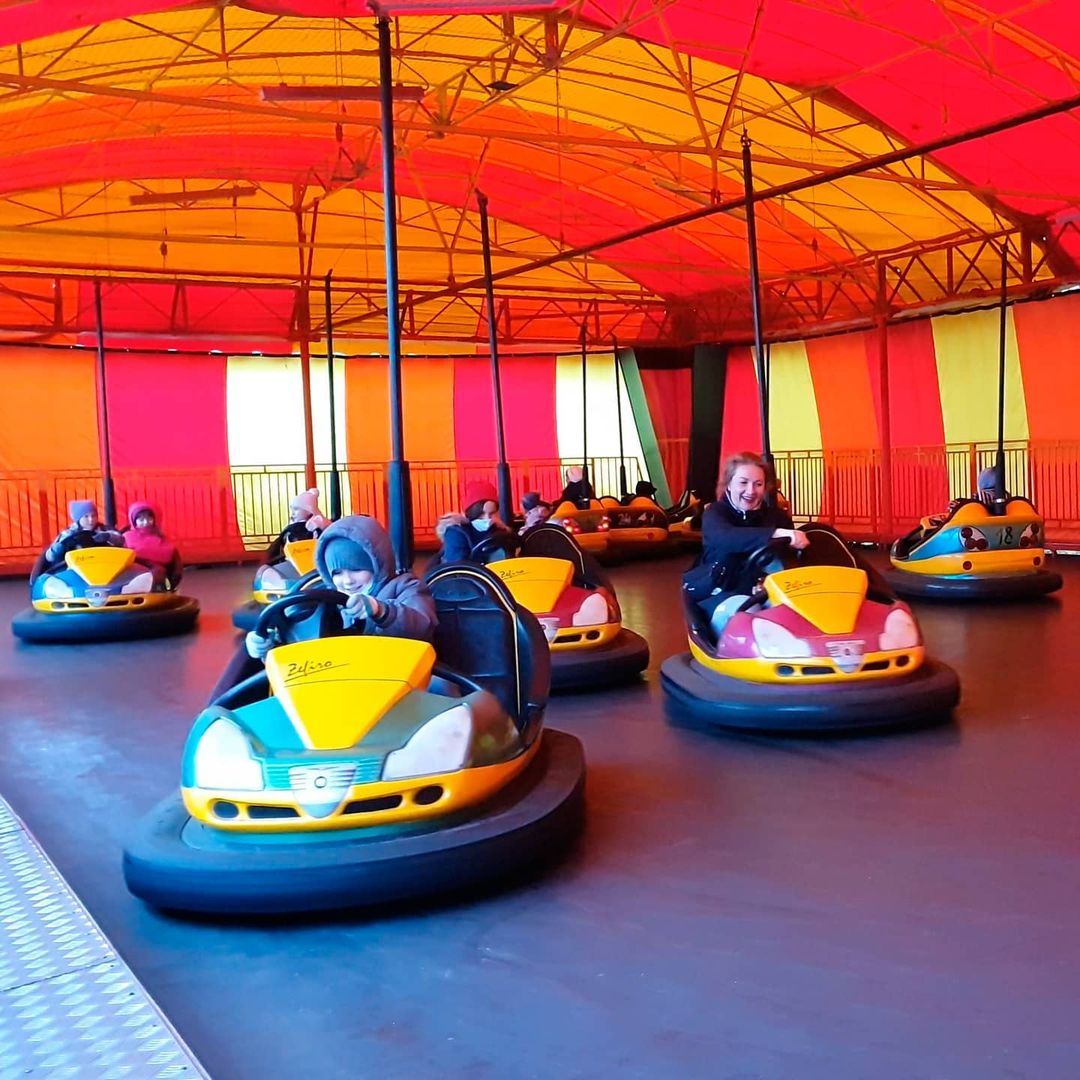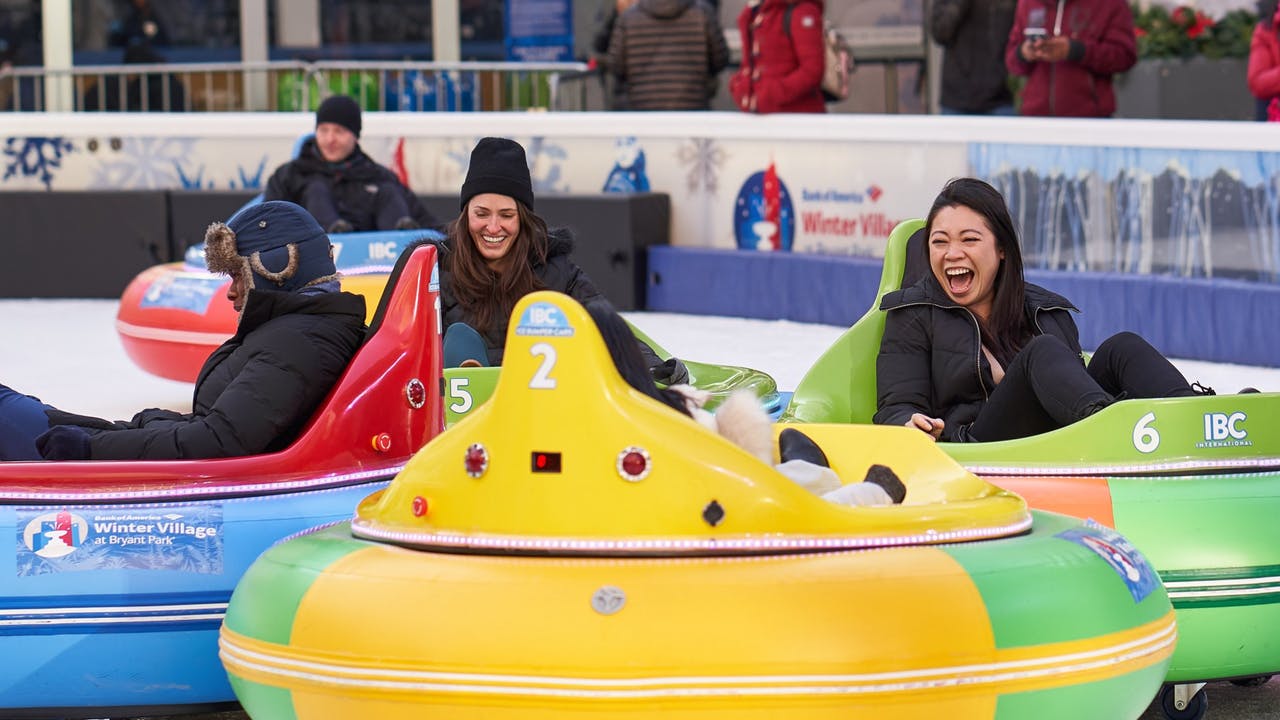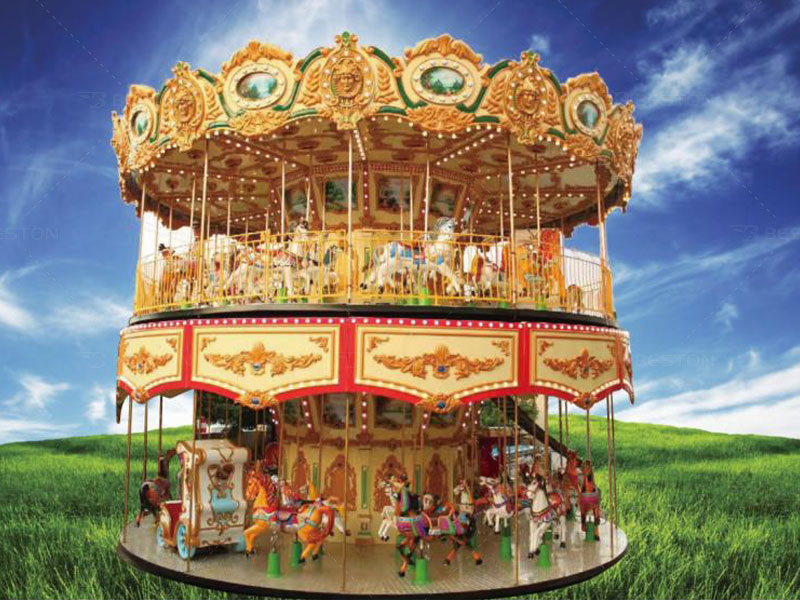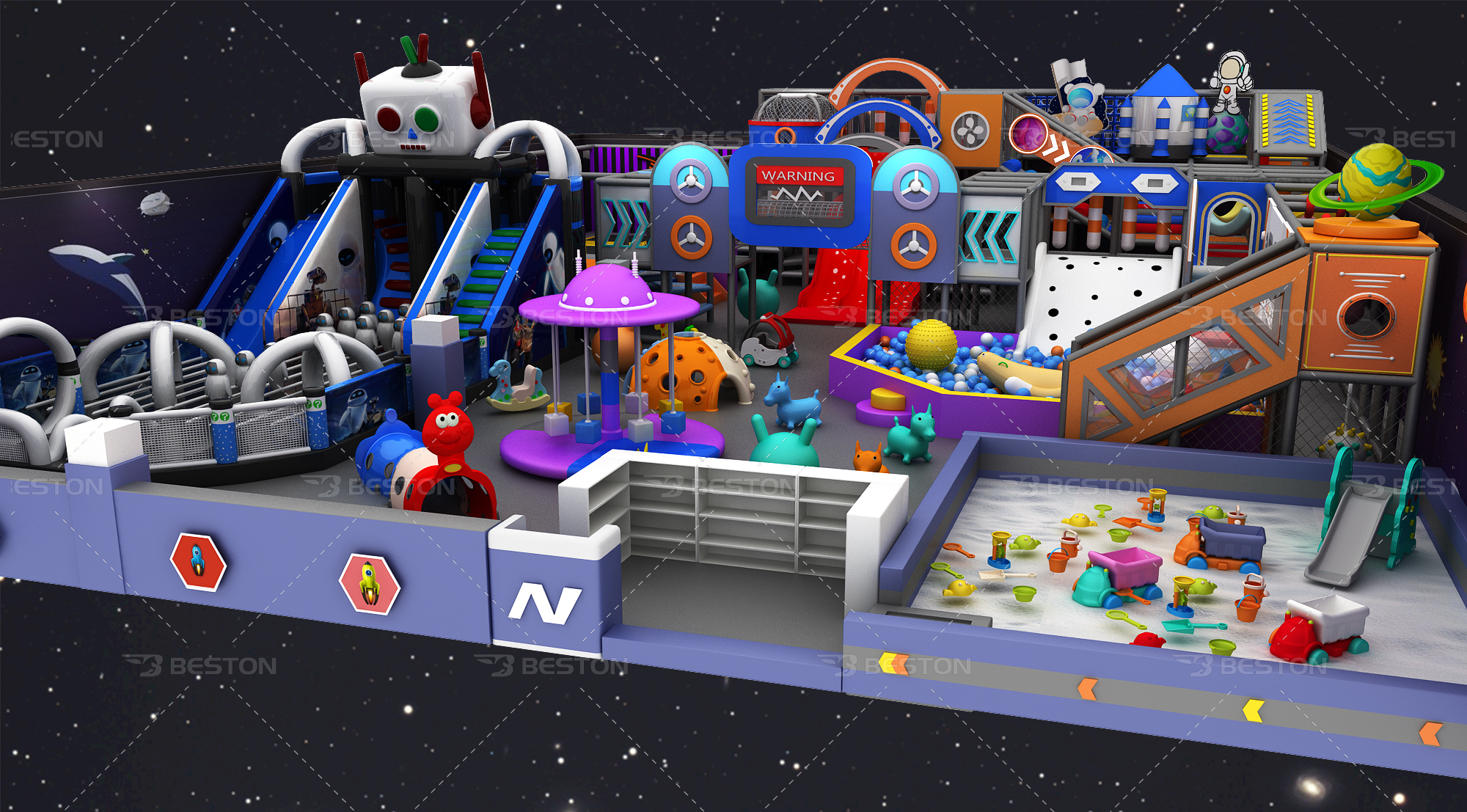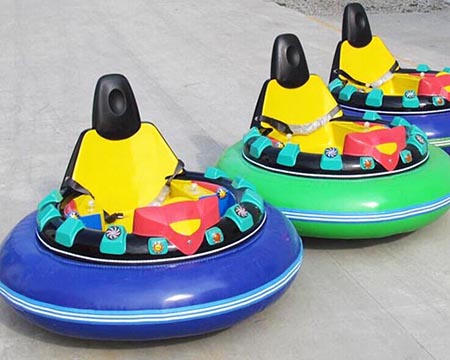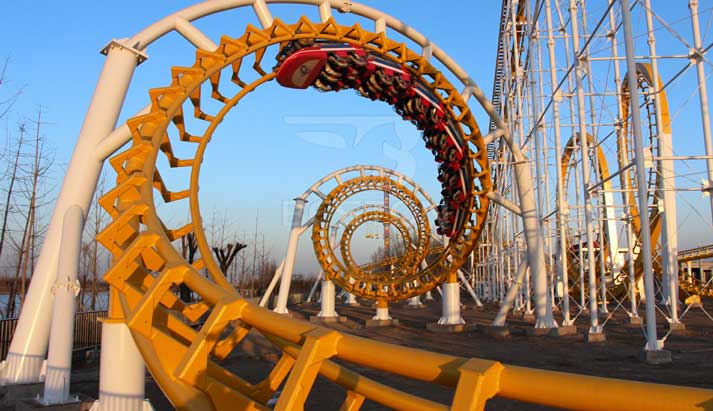Amusement parks thrive on attractions that deliver excitement, thrill, and unforgettable experiences. Among the most sought-after rides are the drop tower ride (аттракцион башня свободного падения) and the swing tower ride, which combine height, speed, and adrenaline to attract visitors of all ages. If you are looking to enhance your park with these thrilling attractions, it’s essential to understand how they work, what features to prioritize, and where to source them.
Understanding the Mechanics of a Drop Tower Ride
A drop tower ride is a vertical thrill ride where passengers are lifted to a significant height before being released into a rapid freefall. The primary structure consists of a central tower and a circular or rectangular seating module. Riders experience an intense feeling of weightlessness as the ride plummets downward at high speed, followed by controlled deceleration through sophisticated braking systems.
Unlike roller coasters, drop towers focus on vertical motion rather than horizontal tracks, giving riders an unmatched adrenaline surge with every ascent and descent. Modern designs often include multiple up-and-down sequences to extend the thrill, making the ride a central attraction in any amusement park.
The Appeal of Swing Tower Rides
While a drop tower ride emphasizes vertical drops, a swing tower ride (аттракцион седьмое небо) combines height with pendulum-style motion. Seats are suspended from a rotating or swinging arm attached to a tower, allowing riders to swing back and forth as they rise and fall. The swinging motion adds a unique dimension to the vertical experience, creating a feeling of flying while maintaining the intense excitement of rapid elevation changes.
Swing tower rides are particularly appealing for parks looking to offer diverse thrill levels. They are suitable for teenagers and adults seeking extreme fun while providing a visually striking centerpiece for your park.
Key Features to Look for When Choosing a Drop Tower Ride
Ride Height and Capacity
The overall height determines the intensity of the experience. Taller towers provide higher freefall speeds, which translate to stronger thrills. Additionally, ride capacity is crucial for operational efficiency; larger seating modules allow more riders per cycle, reducing wait times during peak hours.
Speed and Motion Control
Modern drop tower rides feature adjustable ascent and descent speeds. Precision-engineered hydraulic or magnetic braking systems control the rate of fall to deliver optimal excitement without compromising safety. These systems are essential for maintaining consistent performance over the ride’s lifespan.
Energy Consumption and Operational Efficiency
Understanding the energy requirements of your ride (детские аттракционы) helps manage long-term operational costs. Efficient designs minimize electricity consumption while maintaining high performance, making them suitable for parks of all sizes.
Safety and Reliability
A reputable manufacturer will prioritize safety by incorporating redundant braking systems, secure restraints, and durable construction materials. Look for rides (купить аттракционы) that meet international amusement park safety standards, ensuring peace of mind for operators and guests alike.
Sourcing Drop Tower and Swing Tower Rides
Many high-quality drop tower rides and swing tower rides are produced by manufacturers in China. These companies invest heavily in research and development, creating rides that combine safety, durability, and cost-effectiveness.
When choosing a manufacturer, consider the following:
- Reputation: Select suppliers with a proven track record in the amusement industry.
- Customization Options: Ensure the ride can be tailored to your park’s space and audience.
- After-Sales Support: Reliable companies offer installation guidance, maintenance support, and spare parts availability.
Chinese manufacturers are known for providing competitively priced rides without compromising safety or quality, making them an ideal choice for parks seeking high-performance attractions within budget.
Maximizing Guest Experience
Investing in a drop tower ride or a swing tower ride is more than just acquiring equipment; it’s about creating unforgettable moments. Positioning the ride strategically within your park enhances visibility and attracts more visitors. Combining these rides with themed decorations, lighting effects, and interactive elements can elevate the guest experience and increase overall park attendance.
Additionally, offering variations in ride intensity—such as taller towers for thrill-seekers and smaller versions for families or children—ensures that your park appeals to a broad audience. This versatility is key to maintaining popularity throughout the season.
Conclusion: Why a Drop Tower Ride is a Must-Have Attraction
Adding a drop tower ride or a swing tower ride to your amusement park is a proven strategy to increase visitor engagement, boost revenue, and enhance the park’s reputation. By carefully considering ride height, speed, capacity, and safety features, operators can select the perfect attraction for their audience.
With reliable manufacturers, particularly from China, offering high-quality rides at competitive prices, it has never been easier to acquire one of these iconic thrill attractions. Whether for children, teens, or adult thrill-seekers, a well-chosen drop tower or swing tower ride guarantees unforgettable experiences and positions your park as a destination for excitement and adventure.


